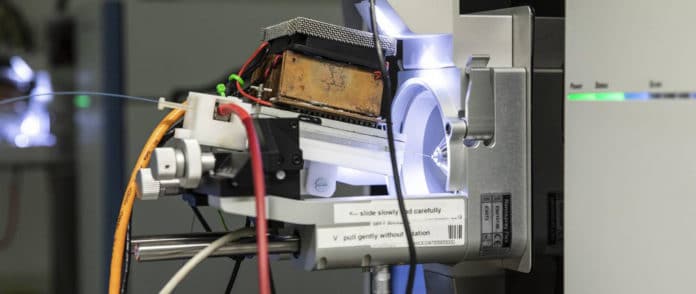A new study could help strengthen the coronavirus’s knowledge, thanks to scientists, who offered a multidimensional view of the coronavirus.
Scientists from the Technical University of Munich (TUM) and the Max Planck Institute of Biochemistry have documented the interaction between the coronavirus and a cell at five distinct proteomics levels. This comprehensive picture of the viral infection process could help scientists in discovering potential starting points for therapies.
After the virus enters into the cell, there occurs interaction between viral and cellular protein molecules. Both the replication of the virus and the cells’ reaction are the result of complex protein signaling cascades.
Here, scientists systematically recorded how human lung cells react to individual proteins of the SARS-CoV-2.
Up until now, scientists have done with analyzing more than 1200 samples. The result is a freely accessible dataset that provides information on which cellular proteins the viral proteins bind to and the effects of these interactions on the cell.
In total, 1484 interactions between viral proteins and human cellular proteins were discovered.
Andreas Pichlmair, Professor of Immunopathology of Viral Infections at the Institute of Virology at TUM, said, “Had we only looked at proteins, however, we would have missed out on important information. A database that only includes the proteome would be like a map containing just the place names but no roads or rivers. If you knew about the connections between the points on that map, you could gain much more useful information.”
Pichlmair noted that protein modifications called phosphorylation and ubiquitination are essential to the network of traffic routes on a map. In bot processes, other molecules are attached to proteins, hence altering functions.
These changes are not measured in a listing of proteins to make it challenging to determine whether proteins are active or inactive.
Pichlmair said, “Through our investigations, we systematically assign functions to the individual components of the pathogen, in addition to the cellular molecules that are switched off by the virus.”
Matthias Mann, Head of the Department of Proteomics and Signal Transduction at the Max Planck Institute of Biochemistry, said, “There has been no comparable mapping for SARS-CoV-2. In a sense, we have taken a close look at five dimensions of the virus during an infection: its active proteins and its effects on the host proteome, ubiquitinome, phosphoproteome, and transcriptome.”
This database also acts as a tool to find potential drugs. It can help determine the vulnerability hotspots of SARS-CoV-2 by analyzing protein interactions and modifications.
Andreas Pichlmair said, “Currently, we are working on new anti-Covid-19 drug candidates, that we have been able to identify through our analyses. We are also developing a scoring system for the automated identification of hotspots. I am convinced that detailed data sets and advanced analysis methods will enable us to develop effective drugs in a more targeted manner in the future and limit side effects in advance.”
Journal Reference:
- A. Stukalov et al. Multilevel proteomics reveals host perturbations by SARS-CoV-2 and SARS-CoV. DOI: 10.1038/s41586-021-03493-4
